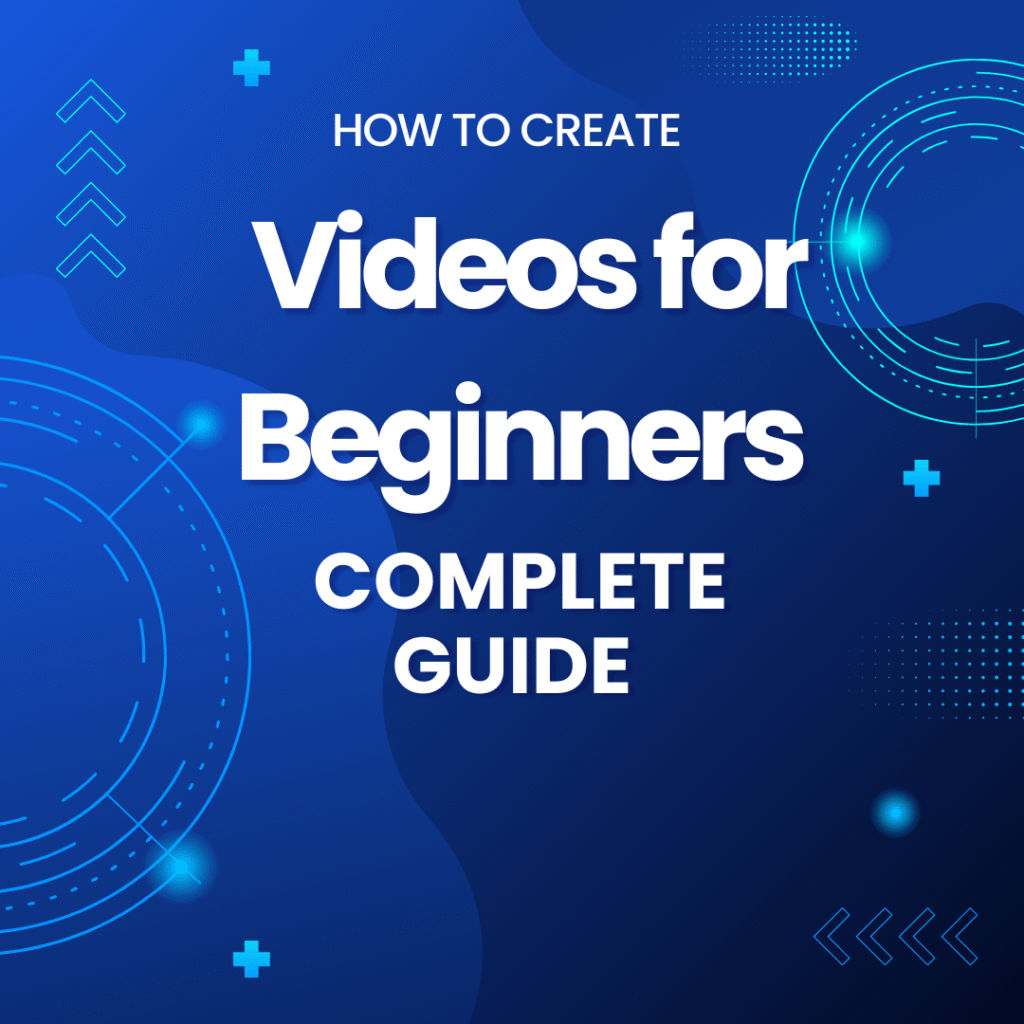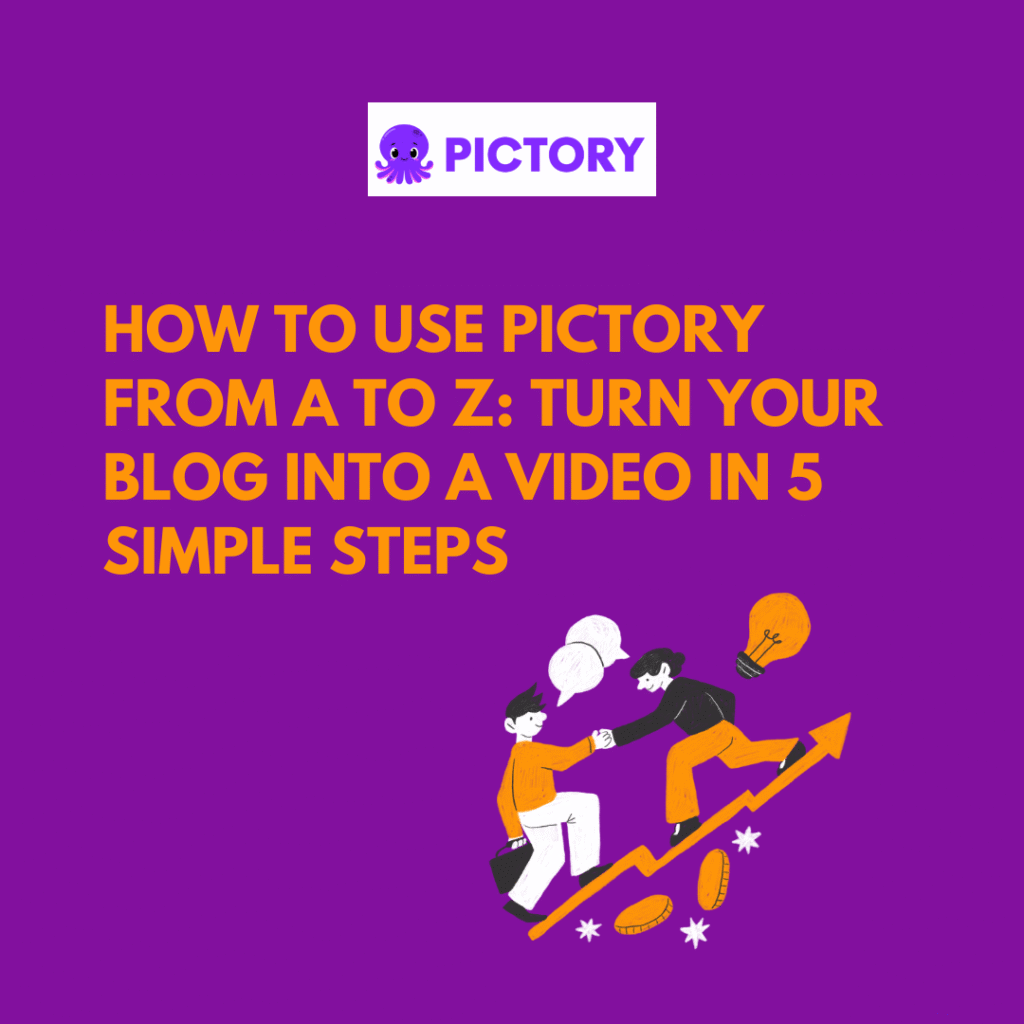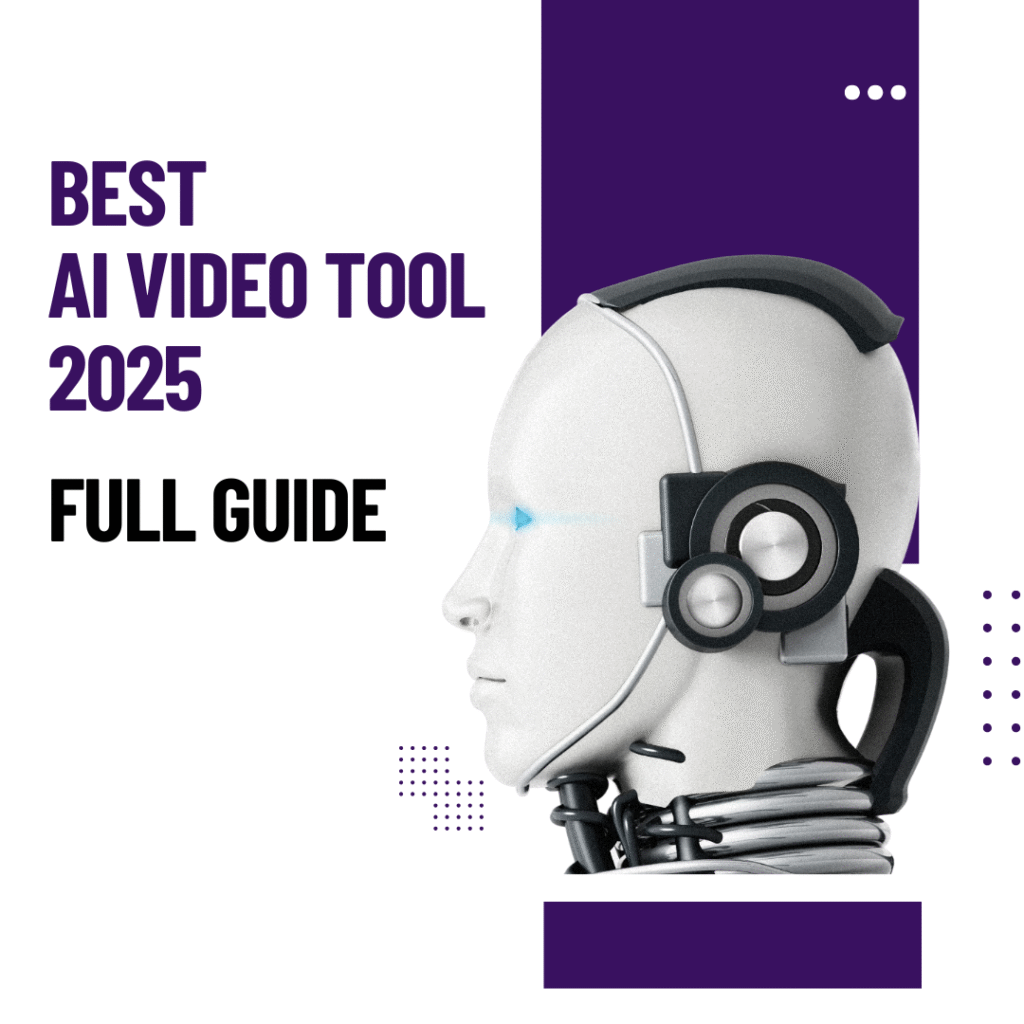When I first got into video creation, honestly, I felt a bit lost. There were just too many tools out there — each one claiming to be “the best.” 😅 After testing and playing around with different options, I found that the easiest way to learn is to break everything into categories: AI editors, online tools, animation makers, and more. That way, you don’t get overwhelmed and can pick the tool that actually fits your needs.
If you’re just starting out, I highly recommend checking out my Ultimate Guide to Video Creation Tools 2025 — it gives you the big picture of what’s out there. For marketers, I’ve also put together a breakdown of video creation tools for marketing strategy so you can see which platforms work best for ads, social media, or branding. And if you prefer a simple all-in-one setup, you’ll love my favorite video marketing tools that combine editing, automation, and publishing in one place.
👉 Plus, if you’re curious about the latest AI-powered platforms, don’t miss my Best AI Video Tool 2025 Full Guide — it’s where I cover the top trends and must-try tools this year.
In this guide, I’ll walk you through the main types of video creation tools, what they do, and how you can start using them today — even if you’re brand new. 🚀
🎥 1. AI Video Creation Tool – Let AI Do the Heavy Lifting
If you’re not especially tech-savvy — or simply don’t have the time to master complex editing software — an AI video creation tool can be a game-changer. It removes much of the manual work, allowing you to focus on your message rather than spending hours cutting and arranging footage.
Here’s how it usually works:
- Start with a script or idea: Type in a few lines of text, such as a blog post, product description, or message you want turned into a video.
- Choose a template or style: Most platforms offer ready-made layouts, transitions, and designs.
- Let AI handle the rest: The software will pair your text with stock footage, images, background music, and even realistic voiceovers.
Many AI video creation tools also include:
- Automatic captions
- Scene splitting based on sentences
- AI avatars that “speak” your script
- Multilingual voice generation
- Auto-resizing for YouTube, TikTok, and other platforms
Essentially, you can skip the camera, microphone, and editing know-how — just provide your message.
✅ Popular AI Video Creation Tools:
- Pictory – Great for transforming blog posts into short, engaging videos. Read more: How to Use Pictory from A to Z: Turn Your Blog into a Video in 5 Simple Steps
- Synthesia – Creates realistic AI avatars for presenting your content.
- Lumen5 – Perfect for turning written text into social-media-friendly videos.
✅ Best for:
- Busy people who want fast results without a steep learning curve
- Content creators producing videos regularly
- Small businesses and marketers promoting offers or services
- Educators creating visual explainers
🟡 Pro Tip: Start with a 30–60 second clip. Once you’re comfortable, batch-produce several videos in one afternoon to save time.
🧠 2. Animation Software – Another Creative Video Creation Tool For Storytellers
You’ve probably seen those colorful, animated videos that make complex topics simple. Animation software lets you produce them without knowing how to draw.
Typically, you:
- Pick characters, props, and backgrounds from a built-in library
- Add your own text or voiceover
- Decide how each element moves or appears
As a result, these videos work wonderfully for storytelling, teaching, or grabbing attention with more energy than standard slides or talking-head formats.
✅ Popular Tools:
- Animaker – Beginner-friendly with plenty of templates
- Toonly – Specializes in cartoon-style explainers
- Powtoon – Combines animation with presentation features
✅ Best for:
- Educators making lessons more engaging
- Businesses demonstrating how a product works
- Creators producing standout tutorials or stories
- Trainers who want something more dynamic than slides
🟢 Bonus Tip: Add humor or personality through character expressions or playful movements to make your message stick.
🦾 3. 3D Animation Tools – For the Ambitious
If you’ve dreamed of creating Pixar-like visuals or showing products in lifelike 3D, these tools are your go-to. They allow you to:
- Design and animate 3D objects and characters
- Apply realistic lighting, textures, and camera angles
- Render scenes into cinematic-quality videos
While 3D can be challenging at first, modern AI-assisted features now simplify modeling and animation. Moreover, you can import ready-made models to speed up production.
✅ Popular 3D Tools:
- Blender – Free, open-source, and professional-grade
- Cinema 4D – Smooth workflows, ideal for motion graphics
- Daz 3D – Focused on character animation and posing
✅ Best for:
- Game developers
- Film creators working on shorts or VFX
- Product designers presenting prototypes
- Artists exploring advanced animation techniques
🔵 Pro Tip: Begin with pre-built assets rather than creating everything from scratch to save hours and reduce frustration.
✂️ 4. Video Editing Software – The Core Toolkit
Even the best footage needs editing to shine. Video editing software lets you cut, enhance, and structure your clips into a story worth watching.
With these tools, you can:
- Trim unwanted parts
- Add music, effects, and titles
- Adjust brightness, colors, and apply filters
- Insert transitions between scenes
- Merge multiple clips into one seamless video
✅ Popular Tools:
- CapCut – Easy, mobile-friendly, perfect for short-form content
- Adobe Premiere Pro – Professional, industry-standard
- Final Cut Pro – High-performance editing for Mac users
✅ Best for:
- Vloggers
- Social media creators
- Short-film makers
- Anyone wanting a polished final product
🟣 Pro Tip: Prioritize clear storytelling and clean cuts before experimenting with complex effects.
best deal for you : Best Video Maker Online Tools & Deals [2025 Update]
📢 5. Video Marketing – Making Your Videos Work for You
Creating a video is only half the job; ensuring it reaches the right audience is equally important. Video marketing focuses on strategy — from the first click to audience retention.
Key areas to master:
- Writing an engaging script with a strong hook and call to action
- Crafting clickable titles
- Designing eye-catching thumbnails
- Optimizing for each platform’s strengths
- Understanding your audience’s needs
- Tracking analytics to refine your approach
✅ Popular Tools:
- Canva Pro – Thumbnails, posts, and quick video edits
- InVideo – Script-to-video creation
- TubeBuddy / VidIQ – YouTube SEO and analytics
- Promo.com – Ad-ready templates
- Veed.io – Branding and subtitles for marketing
✅ Best for:
- Small business owners
- Online sellers
- Influencers
- Content marketers driving traffic and sales
🔶 Pro Tip: Consistency builds trust and visibility. A steady posting schedule increases your chances of going viral.
🧑🏫 6. Whiteboard & Doodle Videos – Simple Sketch-Style Explainers
Whiteboard and doodle videos mimic the effect of someone drawing ideas as they explain them. They work beautifully for turning complex topics into easy, visual stories.
With these videos, you can:
- Break down ideas step-by-step
- Use storytelling through sketches
- Add voiceovers or captions for clarity
- Create tutorials, lessons, or product demos
✅ Popular Tools:
- Doodly – Drag-and-drop sketches and hand styles
- VideoScribe – Smooth, classic whiteboard animations
- Renderforest – Includes whiteboard videos plus other formats
✅ Best for:
- Teachers and trainers
- Online course creators
- Businesses simplifying their message
you might also like :Best Video Creation Tools 2025 – My Honest Recommendations
💡 So… Where Should You Start?
If you’re completely new, begin with AI video tools — they handle most of the work. Next, learn basic video editing to polish your content. Over time, branch out into animation, 3D, or marketing strategies.
The most important thing? Keep experimenting. With today’s tools, video creation is more accessible than ever.
Read more : Video Creation Tools for Marketing Strategy
Anna is a content creator and digital marketer with 3+ years of experience testing AI tools for video creation. I’ve personally used Pictory to repurpose blog posts into YouTube Shorts and LinkedIn clips — saving hours compared to manual editing.





